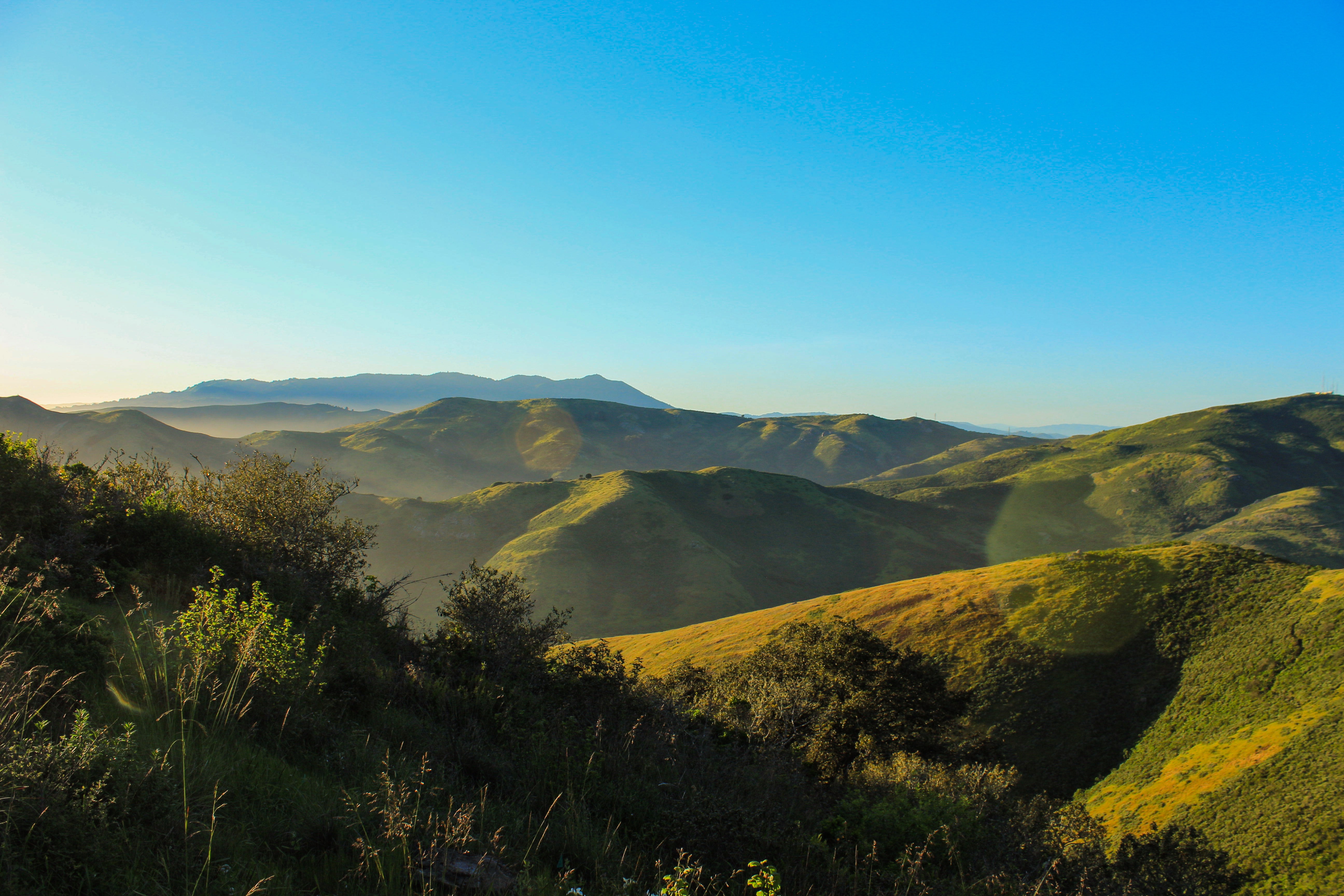Collaborative Conservation Planning for the Gaviota Region

The Gaviota Region of Southern California encompasses a myriad of diverse cultures and organizations, including the Chumash Indigenous people, a strong ranching and agricultural community, residential communities, and an array of private, governmental, and non-profit institutions. Within this region lies the Jack and Laura Dangermond Preserve (JLDP). It is owned and managed by The Nature Conservancy (TNC), one of the largest non-profit environmental organizations in the world. As one of the most effective and efficient environmental protection organizations globally, the JLDP can potentially anchor conservation protection and management actions spanning the entire Gaviota Region. This project aims to create a decision-making framework to assist JLDP, local agencies, stakeholders, and rightsholders in setting collaborative priorities and developing a region-wide conservation management plan. Our primary deliverable is an interactive tool that combines information gathered from stakeholder and rightsholder interviews and data regarding the ecological characteristics of the Gaviota Region. We conducted 23 interviews with regional stakeholders and rightsholders to assess their conservation priorities. In addition, we combined numerous spatial data sets to represent the conservation values of the region — namely, biodiversity, water, climate resilience, and soil health. We analyzed a matrix of priority scores for given conservation values and combined these with spatial analyses for this region. These analyses formed the basis for our spatial planning tool and allowed us to determine the spatial priorities based on the reported priorities of the Gaviota Regions’ stakeholders and rightsholders.
Acknowledgements
It is our responsibility to acknowledge the sovereignty and the traditional territories of the Chumash people, the treaties used to remove them, and the histories of dispossession that have allowed for the growth of the institutions in the Gaviota region. We pay our respects to the Chumash communities in the past, present, and future, for they hold the memories, traditions, and culture of this area and have been the caretakers of this land for time immemorial. We want to acknowledge that institutions in this land require actions and reparations. Creating a more inclusive environment between organizations and the local Chumash community will encourage a more prosperous regional conservation plan for the Gaviota Region.
We want to thank Mia Lopez from the Coastal Band of Chumash Nation, Teresa Romero from the Santa Ynez Band of Chumash Indians, Eleanor Fishburn (nee Arellanes) from the Shmuwich people (Barbareño Band of Chumash Indians), and Mona Olivas Tucker, Scott Lathrop, and Wendy Lucas from the yak tityu tityu yak tiłhini (Northern Chumash Tribe) for their time and sharing their knowledge for the improvement of our group project.
UCSB: Kelly Caylor, Professor; Ashley Larsen, Assistant Professor; Bruce Kendall, Professor, Associate Dean; Alyssa Broberg Kibbe, MESM 2022; Meghan Fletcher, MESM 2022; Grace Kumaishi, MESM 2022; Anna Talken, MESM 2022; Nikole Vannest MESM 2022; Cris Sandoval, Reserve Director
The Nature Conservancy: Carrie Schloss, Mark Reynolds, Elizabeth Hiroyasu
John Gallo, Conservation Biology Institute
All the interviewees
James S. Bower Foundation